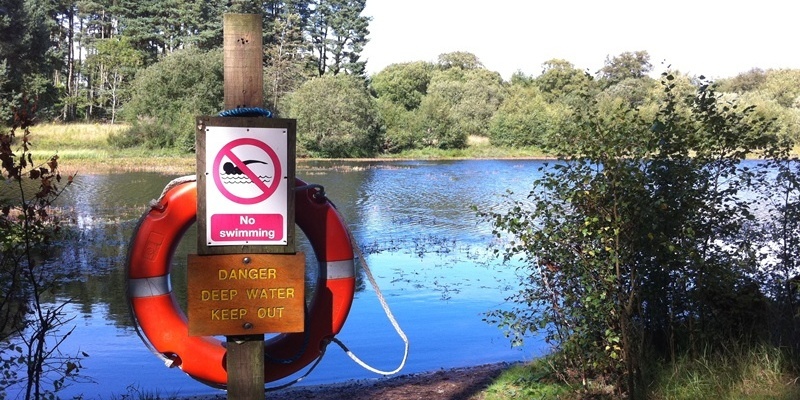The belated arrival of some warmer weather has prompted Tayside Fire and Rescue to issue a warning about the dangers of swimming in open water.
Community safety manager Martin Tait said, “During the school holidays, and in particular in hot weather, increasing numbers of children put themselves at risk of drowning.
“Drowning is the second leading cause of unintentional injury-related death among children aged 14 and under, with children under age five at the highest risk.
“Toddlers and children are attracted to water and love to play in it. Unfortunately, they don’t understand the dangers of drowning. Children can drown in as little as one inch of water in a matter of seconds.”
He said most child drownings happened in open water, often when swimmers overestimate their abilities. Adults are also at risk, especially anyone who has drunk alcohol before going in the water.
“Although water may seem appealing, it will still be extremely cold with many hidden hazards such as depth, strong currents, and underwater entrapments,” Mr Tait added.
“Swimmers can often become quickly fatigued due to the strength of the currents and water temperature, which can prevent them from reaching safety.”
Mr Tait said it was important swimmers know their limits and swim only where they are certain there is adequate supervision.
The service has also issued a list of tips for anyone who spots a swimmer in trouble.
First on the list is do not go in after them as you could all too easily get into difficulties and become a casualty. Instead, throw them a float, buoy or throwline, if these are available. If not, then any object that floats will do.
Mr Tait said, “Shout for help and send someone to phone 999 and ask for the police, fire and rescue or the coastguard if you are at the beach.
“Direct emergency services to the precise location when they arrive most importantly, always ensure your own safety.”
The Royal Society for the Prevention of Accidents reckons around 400 people drown in the UK each year.
